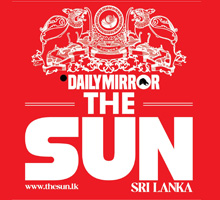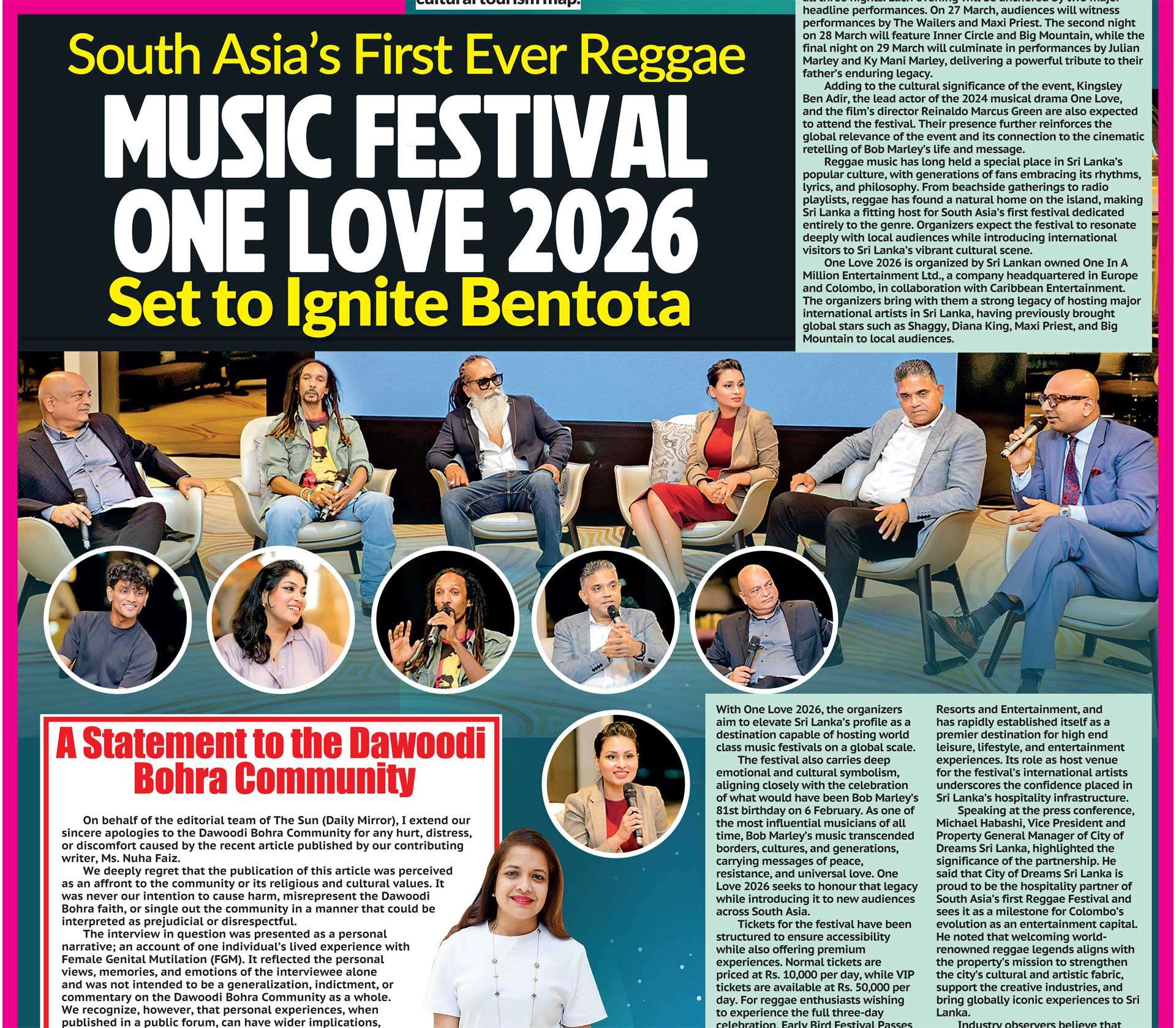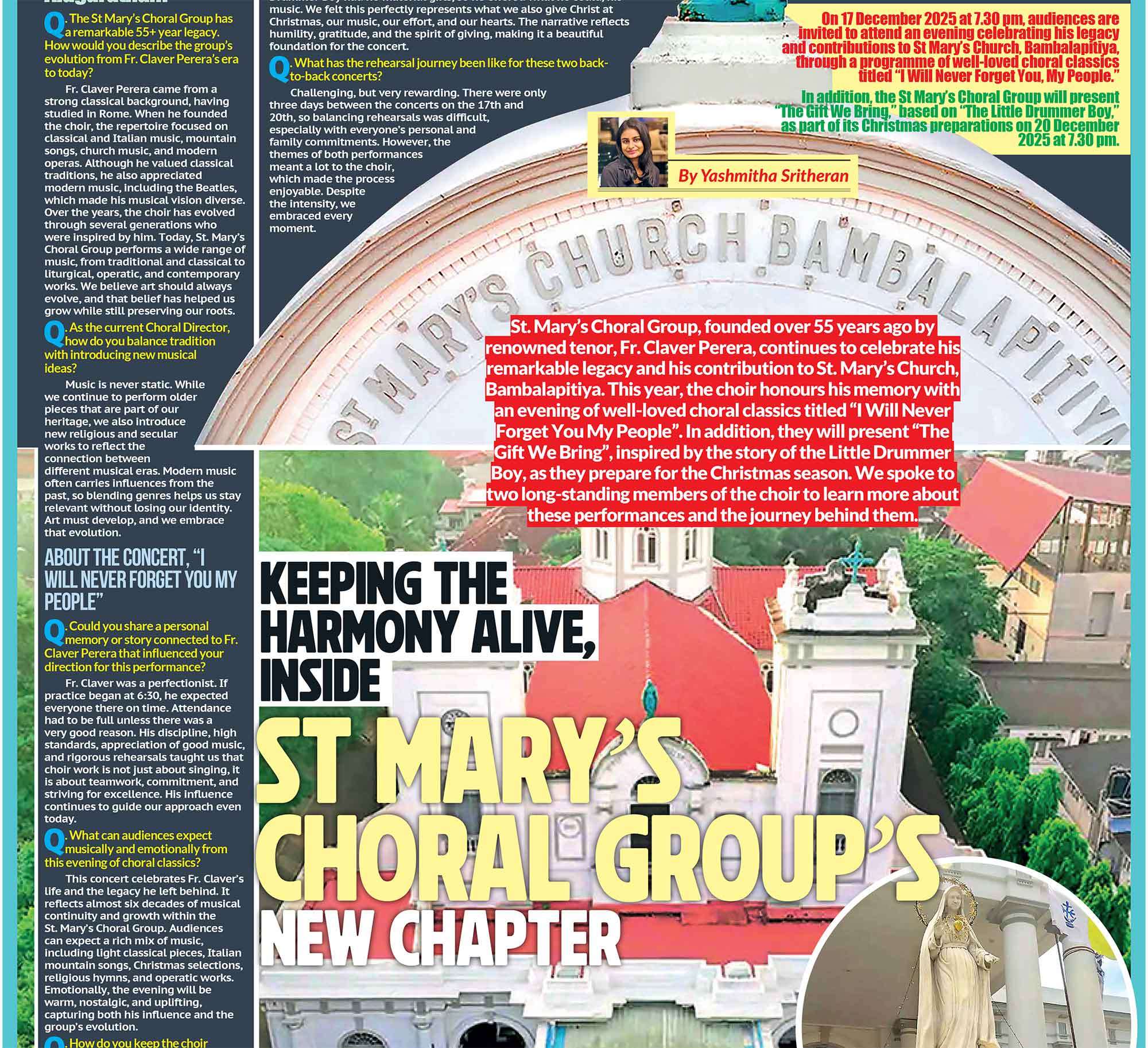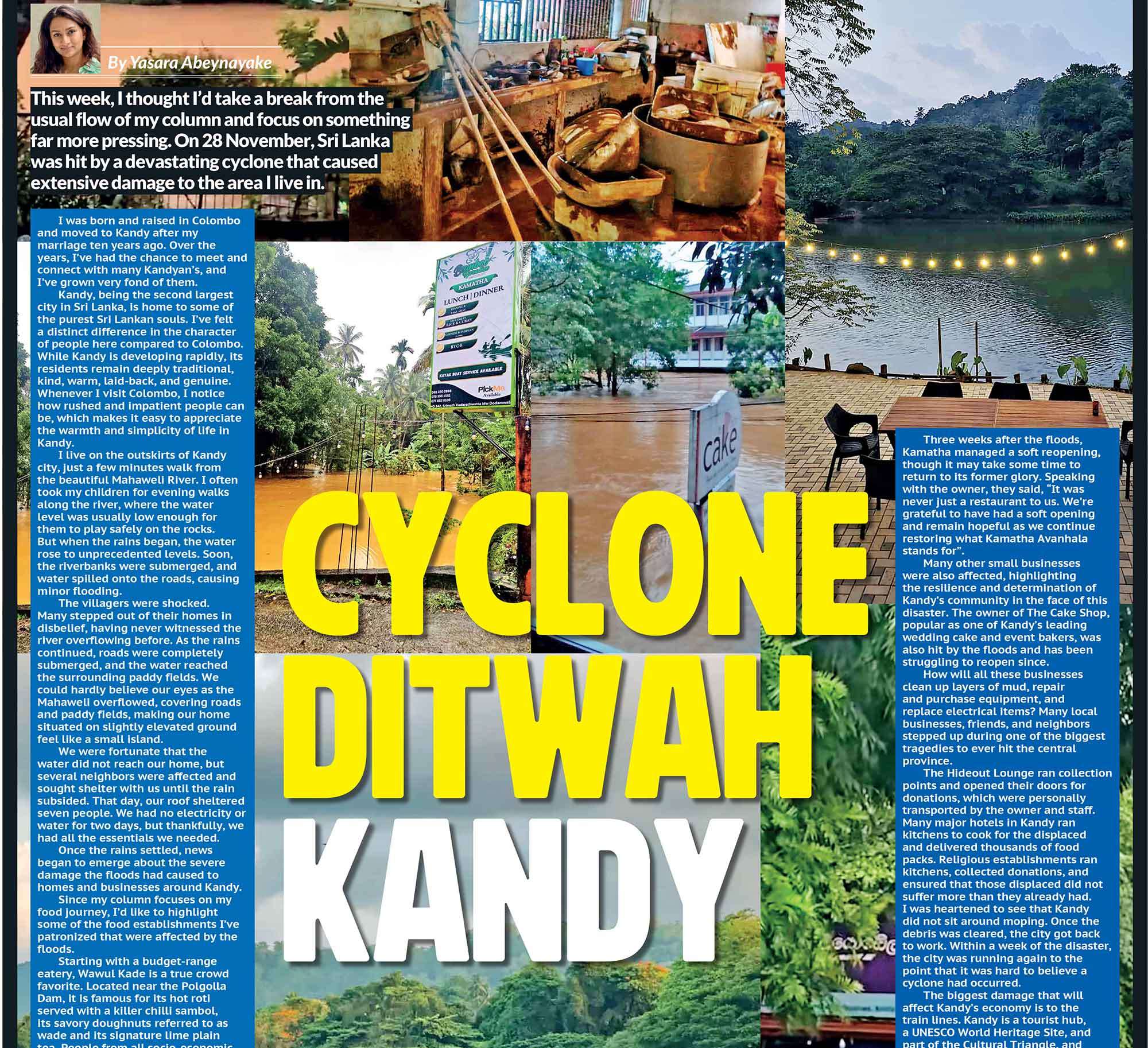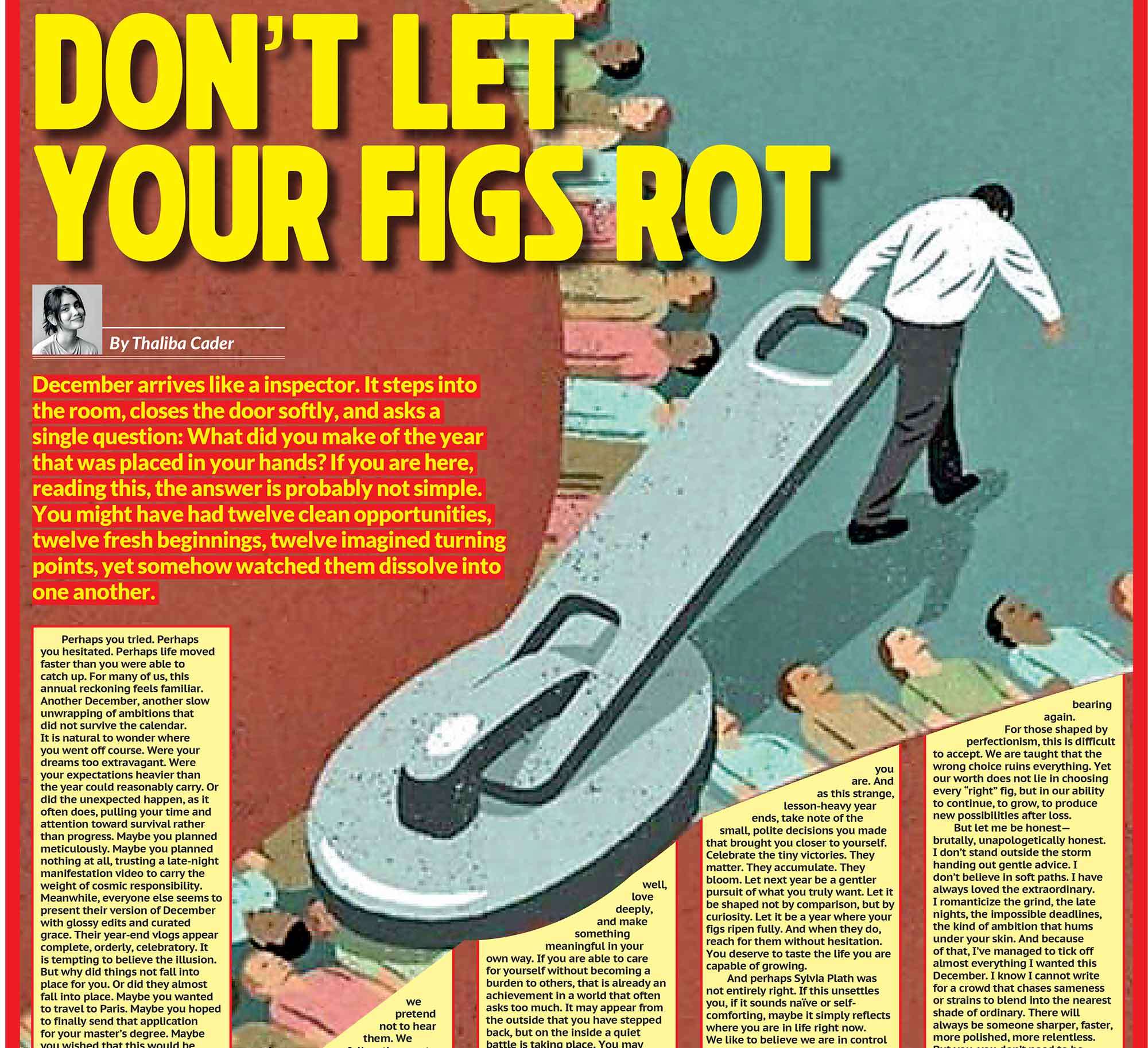How everyday people are building influence, income and identity in the digital era
The New Professional Identity
A teenager can now build a million-dollar business from their bedroom. A therapist can reach global audiences through TikTok. A teacher can earn more from online courses than from a full-time job. This is the creator economy, where personal branding has evolved from a marketing buzzword into a professional necessity. Today, everyone, entrepreneurs, freelancers, students, employees and artists, has a digital footprint. Whether you curate it or not, your personal brand exists. The question is no longer if you have a brand, but who controls your narrative; you or the algorithm. In this new landscape, expertise, personality and story merge to form an identity that is both personal and professional. Your brand becomes your business, and how you express it determines the opportunities that come your way. This shift marks a profound change in what it means to be “professional.” It is no longer defined solely by qualifications, corporate titles or years of experience. Instead, credibility today comes from visibility, consistency and the ability to build trust online. A well-positioned creator can compete with entire marketing teams, reaching thousands, or millions, through a smartphone and a strong personal voice.
What Is Personal Branding?
Personal branding is about defining what you stand for and communicating it consistently. It is not about logos, slogans or professional photos, but about positioning yourself clearly in the minds of others. At its heart, personal branding answers five essential questions:
- Who are you: your skills, passions and mission?
- Whom do you serve: your audience or niche?
- What problem do you solve: your value proposition?
- How are you different: your unique approach?
- Why should people trust you: your credibility and proof?
When done well, personal branding ensures people associate you with a specific topic or strength. For instance, Anika Smith is known for productivity, Smriti Patel for entrepreneurship, Emma Chamberlain for relatable creativity, and Henry Townes for business transformation. These creators did not wait for permission. They built identities that attract opportunity and trust. Personal branding is essentially the digital form of reputation. In a world where first impressions happen online, your content becomes your introduction, your portfolio and your handshake.
The Creator Lifestyle: Freedom or Illusion?
The creator lifestyle is often portrayed as glamorous: working from tropical beaches, posting videos from coffee shops, selling digital products and earning through brand deals. But the truth is far more layered.
Advantages:
- Freedom to choose projects and schedules
- Scalable content that works around the clock
- A global community and connection with audiences
- Multiple income streams and independence from traditional employment
Challenges:
- Inconsistent income, especially at the beginning
- Risk of burnout from constant output
- Pressure to perform for metrics instead of meaning
- Isolation from traditional workplaces and teams
Those who succeed understand that content creation is not a hobby, but a business model. They treat their brand like a company: setting goals, building systems, managing resources and measuring results. They plan content calendars, repurpose material across platforms, and protect their creative energy through discipline. For many, the appeal of freedom is balanced by the responsibility of self-management. Success in this space requires both creativity and consistency.

Finding a Niche Without Losing Personality
The saying goes, “the riches are in the niches.” A niche, however, should not feel restrictive. It is not about narrowing who you are but clarifying where you add the most value. Instead of asking what niche I should choose, ask what problem I want to solve and for whom.
Examples include:
- I help busy professionals get fit from home with 10-minute science-based workouts.
- I help creators grow their YouTube channels using analytics and storytelling.
- I help aspiring writers earn freelance income through portfolio-based coaching.
A niche gives your audience a reason to follow you. It provides direction and purpose. Over time, as your brand grows, your niche can evolve. The most successful creators begin with focus and then expand naturally into new areas once they have built authority. Having a niche also sharpens your storytelling. It allows you to craft relatable narratives around specific challenges and aspirations, making your content resonate more deeply.
Crafting a Magnetic Personal Brand
People connect with authenticity more than perfection. A polished image might capture attention, but it is honesty and emotion that sustain loyalty. Your story, your voice and your purpose are what make you memorable. Every creator, whether they are a consultant or a comedian, has a reason they started sharing. That reason, if communicated clearly, becomes the foundation of trust.
Key branding essentials include:
- Brand Story: Why you do what you do. It creates emotional connection.
- Brand Voice: Your tone and personality. It makes you distinctive.
- Positioning: Your niche and mission. It defines your value.
- Core Pillars: Three to five recurring topics that keep your message consistent.
- Assets: A website and social media presence that establish credibility.
Authenticity does not require oversharing or dramatics. You do not need a tragic backstory to be relevant. The most effective personal brands are grounded in truth and clarity. They focus on service, not spectacle.
Building a Creator System
The difference between a struggling creator and a thriving one often lies in systems. Successful creators do not rely on inspiration alone. They follow frameworks that make creativity sustainable. Their content typically falls into three categories:
- Discover Content: Expands audience reach. Examples include short-form videos, SEO articles and trend-based posts.
- Trust Content: Builds credibility and demonstrates expertise. Examples include tutorials, case studies and newsletters.
- Offer Content: Converts audience attention into income. Examples include product launches, testimonials and lead magnets.
The formula is simple: Grow - Nurture - Convert.
By cycling through these stages, creators build an ecosystem rather than chasing short-term engagement. Each piece of content serves a purpose, some attract, some educate, and others sell.
The Psychology of Influence
At its core, influence is about trust. People follow creators who project both competence and warmth. They want to learn from someone who knows their craft and genuinely cares. The most magnetic creators combine authority with relatability. They show vulnerability when appropriate, admit mistakes, and share lessons learned. Over time, their audience begins to associate them not just with a topic, but with integrity. Consistency also matters. Audiences are more likely to trust creators who show up regularly and deliver value over time. In the digital world, reliability is a rare and powerful form of influence.

Avoiding Burnout
Behind every successful creator is a hidden challenge: fatigue. The constant cycle of content creation, performance metrics and comparison can be emotionally draining.
To avoid burnout:
- Batch content creation instead of posting under pressure every day.
- Document your real work process rather than performing for the camera.
- Repurpose existing material into new formats to save time.
- Take creative breaks to rest and reflect.
True creativity thrives in balance. Protecting mental health is not a luxury; it is a business necessity. The most resilient creators know when to disconnect and recharge.
The Future of Personal Branding
Artificial intelligence is transforming the creator economy. Automation tools now handle editing, analytics, scheduling and even idea generation. This allows creators to focus on strategy, storytelling and connection. However, technology can never replace the human element. Audiences crave authenticity, empathy and leadership. In a world flooded with content, the voices that will stand out are those that feel the most real. In the next decade, personal branding will not be an optional skill but a universal one. Students, professionals and entrepreneurs alike will need to communicate who they are and what they offer in clear, compelling ways. The digital resume is no longer a document; it is a presence.
Personal branding is not self-promotion. It is self-expression with purpose. It is about using your story to serve others, build credibility and create meaningful work. The creator lifestyle is not merely a new kind of job. It is a new way of defining value, identity and success. It empowers individuals to design their own careers, connect with communities across the world and shape their futures with intention. The question for the modern professional is no longer, “Can I build a personal brand?” The real question is, “What do I want to be known for, and how will I show up to build it?”
